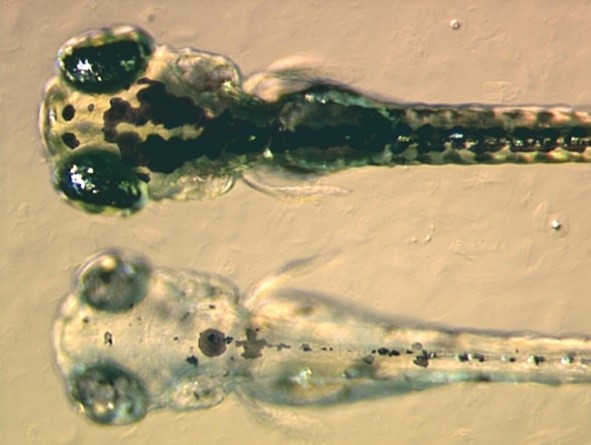Graphene oxide shows developmental toxicity in fish embryos

The risks of Graphene oxide (GO) for human health and the environment are investigated with high priority, due to its tremendous potential applications in several industries. Researchers found that GO shows developmental toxicity for fish embryos at trace concentrations.
Developmental toxicity is a hot issue in nanotoxicity. However, very little is known about the effects of graphene oxide (GO, a widely used carbon material) at predicted environmental concentrations on biological development or the specific molecular mechanisms. A new study established that the development of zebrafish embryos exposed to trace concentrations of GO was impaired because of DNA modification, protein carbonylation and excessive generation of reactive oxygen species (ROS). The present work verifies the developmental toxicity of GO at trace concentrations and illustrates for the first time the specific molecular mechanisms thereof. Because of the potential developmental toxicity of GO at trace concentrations, government administrators and nanomaterial producers should consider its potential risks prior to the widespread environmental exposure to GO.